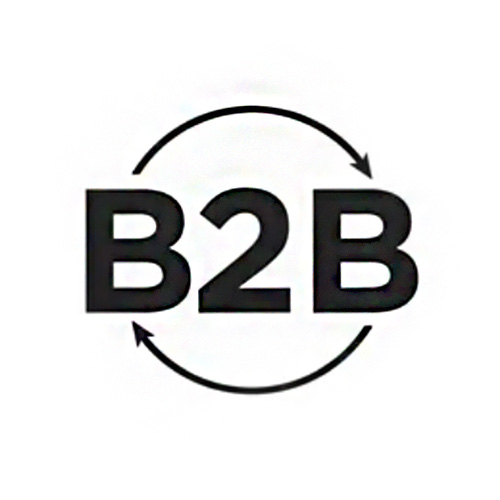We don’t just develop software,
we develop relationships
We are building strong relationships with you and your colleagues. You’ll get to know one of our developers, who will work on and own your issues. Here are just a few of the companies and their suppliers we have worked with








